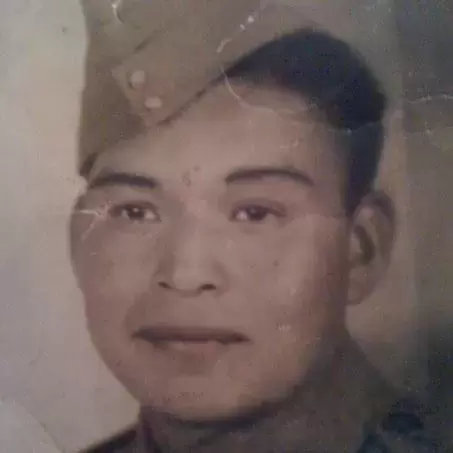There are more than 20 known Nuu-chah-nulth veterans that fought in world wars. Many of them were laid to rest in unmarked graves.
“Since 1909, the Last Post Fund’s mission is to ensure that no veteran is denied a dignified funeral and burial, as well as a military gravestone, due to insufficient funds at time of death,” reads information from Last Post Fund.
The Last Post Fund in partnership with Veterans Affairs Canada have launched the Indigenous Veterans Initiative, which will work to provide grave markers to Indigenous veterans deceased more than five years. If their graves don’t have markers, the Last Post Fund will pay for a marker. In addition, the initiative will support surviving family members wishing to alter an existing grave marker to include traditional names of Indigenous veterans.
“(The Indigenous Veteran’s Initiative) of the Last Post Fund National Office that is consistent with the Canadian government’s efforts towards advancing reconciliation and renewing the relationship with Indigenous peoples based on the recognition of rights, respect, cooperation and partnership,” according to information supplied by Indigenous Veterans Initiative.
Indigenous Program Coordinator Maria Trujillo is seeking out family or community members of veterans that may qualify for this program.
Both of these components require research and support from members of Indigenous communities throughout Canada.
Mercena Jones’ father, Phillip Louie of Ahousaht, served in World War II. He passed away more than two decades ago and was buried in an unmarked grave in a large cemetery in Victoria, BC. It is place more easily accessible to his children and many grandchildren.
Jones was pleased to hear of the initiative to honour war veterans like her father. When asked how she would feel to have a marker placed on her father’s grave she said, “Oh gosh…he’d be honoured…I’d feel honoured too; he was special.”
In order to have a military marker placed on her father’s grave, Jones and her Louie siblings will need to contact the Indigenous veterans program to provide information so that they can be matched to Canadian military records.
Families of Indigenous veterans must provide the name of their veteran, date of birth and death along with the location of burial.
Trujillo says the process of confirming military service takes a few weeks.
“Once we find it, I will ask you if you would like us to place a tombstone for him and will send an example. You have a choice for the symbol on the tombstone as well,” she told Ha-Shilth-Sa.
The second service that the IVI provides is the inscription of the Indigenous veteran’s traditional name on an existing tombstone previously placed by the Last Post Fund.
In the past year IVI has located 68 unmarked graves of Indigenous veterans and plans are in place to deliver 36 headstones. More than 12,000 Indigenous people have served in the Canadian Armed Forces.
On Nov. 11, 2020 we remember Nuu-chah-nulth war veterans:
- Jack (John) Watts, Tseshaht
- Frank Williams, Checklesaht/Ahousaht
- Tim Paul Sr., Hesquiaht
- Earl Maquinna George, Ahousaht
- Edward Clutesi, Tseshaht
- Ramona Gus, Tseshaht
- Phillip Louie Sr, Ahousaht
- John Jacobson, Ahousaht
- George Clutesi Jr, Tseshaht
- Tom Gus, Tseshaht
- Fred Gus, Tseshaht
- Danny Gus, Tseshaht
- Angus Campbell, Ahousaht
- Thomas Jones, Nuu-chah-nulth
- M. Amos, Hesquiaht
- J. George, Hesquiaht
- Andrew Webster Sr., Ahousaht
- Frank Charlie, Tla-o-qui-aht
- Luke Mahone, Ditidaht
- George Hamilton, Hupacasath
- Theodore George, Ahousaht.







